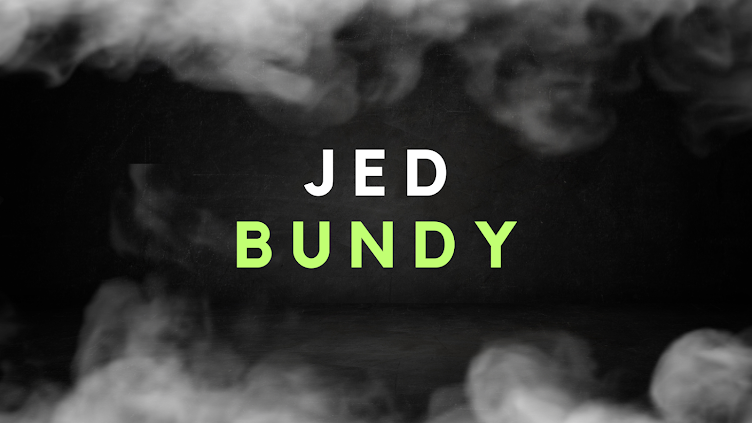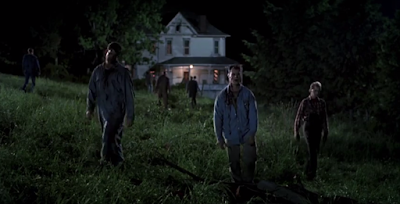Bloody Pit of Horror (1965)
Director: Massimo Pupillo
Writers: Robert Nathan, Robin McLorin, based on the writings of Marquis de Sade
Stars: Mickey Hargitay, Walter Brandt, Louise Barrett
Bloody Pit of Horror (1965) opens with the execution/imprisonment of a mean son-of-a-bitch known as the “Crimson Executioner," who looks more like a professional wrestling parody than deadly executioner. We don’t know exactly what this guy is being sentenced to death for, but we can make the assumption he’s grown a bit overzealous in his profession. Sometime later, a crew of models and photographers interested in gothic locale arrive at the castle in which our Crimson Executioner is entombed beneath. Right away we assume someone will somehow summon the dead man below to rise and kill again. Which is exactly what happens. Sort of.
The Crimson Executioner certainly does rise and kill again, only it’s not the real Crimson Executioner. Once the owner of the castle, an isolated former actor named Travis, recognizes one of the models, he assumes the identity of the Executioner to carry out his legacy, a legacy of violent torture and revenge. One by one, Travis the new Crimson Executioner, enacts violence on unsuspecting prey. At the center of this is Edith, Travis’ former fiancé, who reveals Travis’ bizarre past; his obsession with physical perfection and distaste for those inferior, who according to him, “corrupt the harmony of his perfect body.” So yeah, the guy is a certified wackadoo who minors in over-the-top theatrics. He’s also the kind of bad guy who wastes most his time rambling on about his master plan instead of just getting to the point and killing his opponent when he has the chance. In perhaps the most monologues ever given by the killer in a horror movie, the imitation Crimson Executioner running rampant for the majority of this film is nowhere near as compelling as the real Crimson Executioner featured in the first five minutes, swearing his eternal revenge moments before his demise. I would have preferred this version of the Executioner take center stage, and not Travis the understudy. While Travis certainly kept me entertained in his oddity, there was never a moment I was actually afraid of him, whereas fear virtually emanated off the guy in the first five minutes.
With a number of elaborate set pieces, complete with iron maiden, giant spider web, and what I assume was a stretching machine, Bloody Pit of Horror is no doubt a fun little movie to watch. It has a certain goofiness to it, considerably Mickey Hargitay’s over-the-top (but rightfully so) performance, but even the soundtrack has a lightness to it, with the opening credits feeling more like a beach movie than horror film. Originally released in Italy, most if not all the dialogue is dubbed in English and barely matches the movements of the actor’s mouths, which again adds to the fun.
- Peter DiGiovanni





